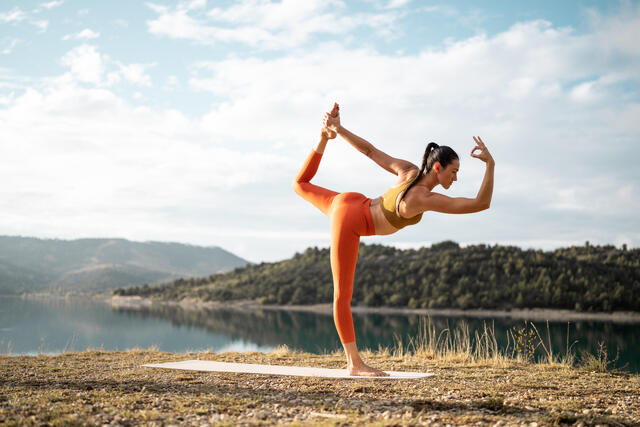Position and role in the team are very important in identifying the right pair of boots. As a Union forward, rucks, mauls and scrummages will be a major part of your game. In these situations, there are two features that will be particularly important - grip and protection. Slipping is not only inconvenient but can be dangerous for yourself and others, so maximum grip is essential. Forwards will commonly wear longer studs than their counterparts in the backs for this reason. Protection comes in various forms, and the strength of the upper of the boot is a key one. In tight forward play, teammates and opponents will tread on your feet fairly regularly, and therefore the more protection your boots provide, the lower the risk of injury. Some forwards also favour a higher cut on the boot to provide additional ankle support. Whilst rucking, mauling and scrummaging are either not present or not as important in Rugby League, good grip and protection will still be important to help the forwards make the hard yards.
For the Front and Second Row
If you're playing prop forward or second row, the best sole has 8 studs. No matter the conditions of the pitch (dry or muddy), 8 studs are often needed for traction in a scrum, line-outs, or dynamic phases (maul/spontaneous scrum). When you play in the third row you can also use the 8-stud soles (SG), a 6-stud sole, or even a hybrid sole. It all depends on how you feel during play. The pitch also plays an important role in your choice.
For Back Row and Backs
This all depends on the pitch conditions. Hybrid and moulded soles are the most suitable. Hybrid soles can suit many positions on the pitch. Third lines, guards or hookers - this sole's versatility offers many combinations. Since the sole is divided between moulded and screw-in studs, you can change the height of your studs. A major asset for the front row when the pitch calls for it. Boots with moulded soles are suitable for backs on dry pitches. With a lighter sole that offers sufficient support, these boots provide more dynamism and flexibility for easier running and changes of direction.
For Backs and Children
We recommend moulded soles (FG) for backs playing on dry or synthetic pitches. As seen previously, the lightness of the boot and a comfortable bounce for changes of direction provide excellent sensations during play. As a reminder, the positions involved are 9, 10 (half-backs) then 11 to 15 (back row).
For children up to 12, we recommend playing only with moulded boots no matter the position.






















